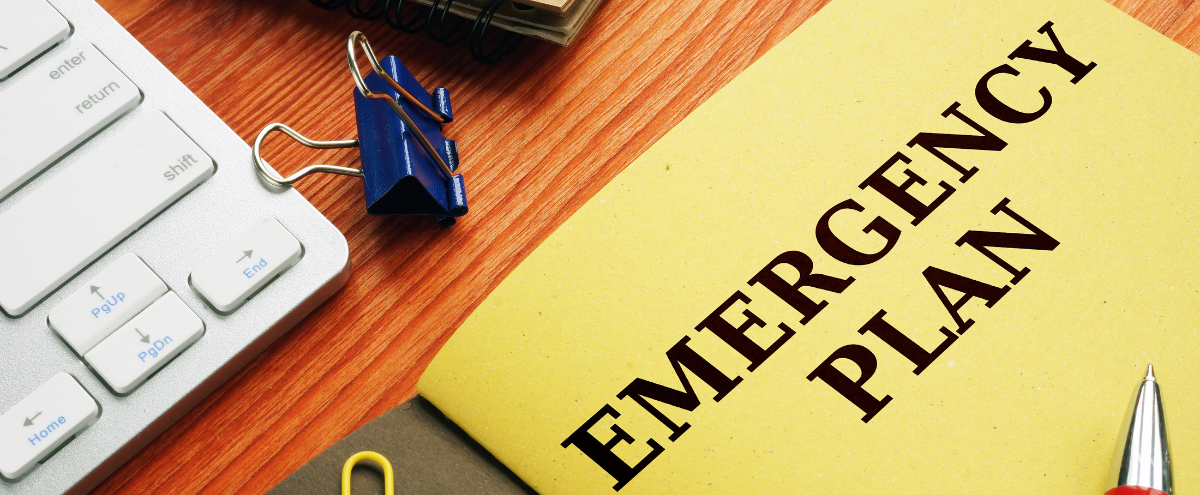
04 Aug The Key to Emergency Preparedness
Disasters can strike anywhere, anytime, and to anyone. They are usually unexpected and can be frightening if you are not adequately trained.
A workplace emergency can also threaten your employees, customers, or the public, disrupt or shut down your operations, or cause physical or environmental damage.
So, how do you protect yourself, your employees, and your business?
It is better to be proactive than reactive when dealing with a workplace emergency. The time to prepare for a disaster is before it happens.
Emergency Preparedness Tips
Careful planning is key to disaster readiness. A limited amount of people can think clearly and logically in a crisis, so it is crucial to do so in advance.
Putting together an emergency plan that deals with all types of possible disasters that everyone on the worksite can understand are not difficult.
Your action plan should include a wide range of potential emergencies that could occur in your workplace.
It should be tailored to your worksite, and if you have more than one worksite, you should have an emergency plan tailored to each one.
According to the Occupational Safety and Health Administration (OSHA), at minimum, your emergency plan must include the following:
- A preferred method for reporting fires and other emergencies
- An evacuation policy and procedure
- Emergency escape procedures and route assignments
- Names, titles, departments, and telephone numbers of individuals both within and outside your company
- Procedures for employees who remain to perform or shut down critical plant operations
- Rescue and medical duties for any workers designated to perform them
When creating your action plan for your worksite(s), it is beneficial to include your management team and employees.
You will want their opinion when establishing and implementing the action plan. The commitment and support are critical to the plan’s success.
Once established, all employees need to be aware of the proper procedure to follow in an emergency situation.
For next steps and additional disaster readiness resources, visit Ready.





No Comments